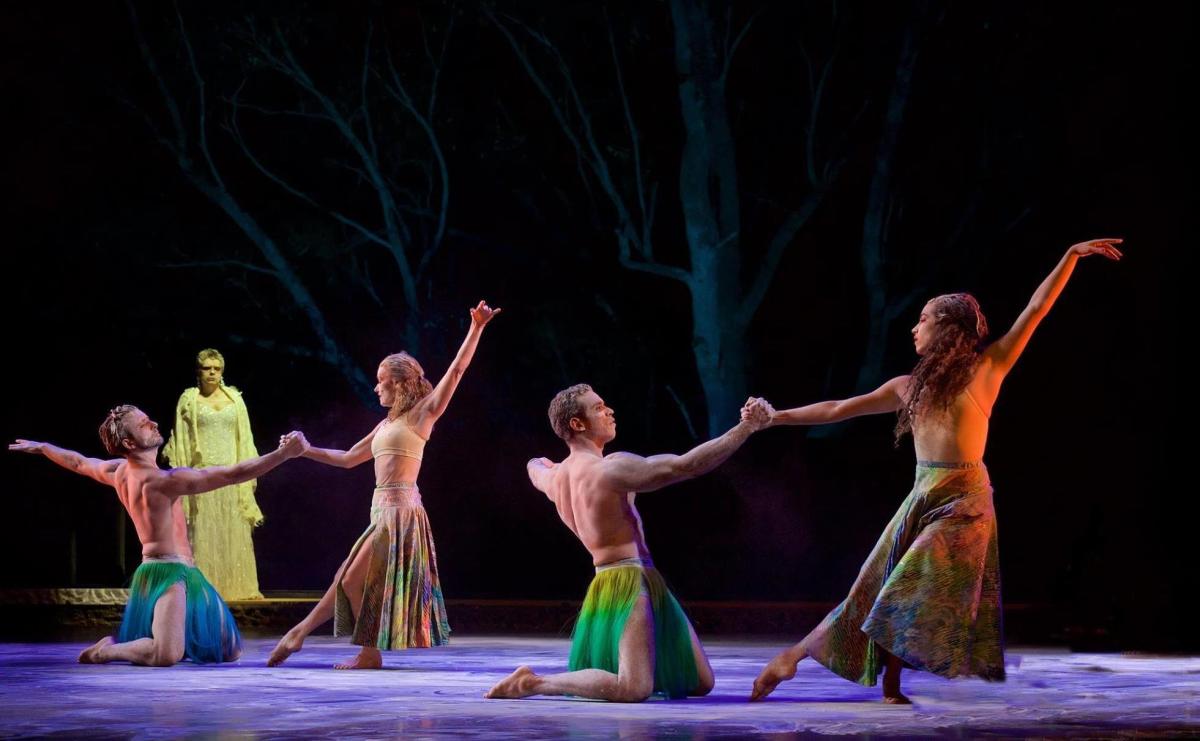The Australia Council has released updated Protocols for using First Nations Cultural and Intellectual Property in the Arts. The premise of the new protocols has been to better endorse the rights of Indigenous people to their cultural heritage, and to support diverse First Nations creative practice.
The protocols address key legal, ethical and moral considerations for the use of Indigenous cultural material in the arts.
‘Australia’s unique First Nations artistic and cultural expression is deeply and firmly connected to over 75,000 thousand years of heritage and continuing practice and its uniqueness has been recognised both within Australia and internationally,’ said Patricia Adjei, Australia Council Head of First Nations Arts and Culture.
‘The protocols are an essential resource that promote self-determination and provide a guide for best practice for anyone working with First Nations artists or within the First Nations arts and cultural sector,’ Adjei continued.
SELF-DETERMINATION FOR FIRST NATIONS ARTISTS
Australia Council funded artists and organisations are required to comply with these protocols as a condition of funding. However, the protocols are also a useful resource for anyone working with First Nations artists or within the First Nations arts and cultural sector.
Previous editions of the protocols have proven to be a useful resource in international context.
Tony Lee, Chairperson of Magabala Books told ArtsHub: ‘We applaud the efforts of the Australia Council, Terri Janke and her team, and all the contributors to these updated protocols.’
Lee continued: ‘In the publishing industry there has been an extraordinary increase in interest and demand for First Nations stories, and so it is critical that non-Indigenous creators and publishing professionals educate themselves about ICIP protocols, and take time to do things the right way. There are no short-cuts. These protocols provide an excellent foundation.’
The protocols include case studies to demonstrate how the protocols may be put into practice including insights from the work of Tara June Winch, Jonathan Jones. Diann Lui (Erub Arts), Magabala Books, NORPA, West Australian Ballet and Jessie Lloyd.
First published in 2002 and revised in 2007, the latest edition consolidates what was previously five guides into one and is updated to reflect current practice.
Jessica Machin, West Australian Ballet Executive Director told ArtsHub, ‘We at West Australian Ballet feel very honoured to have been featured for our collaboration with Gary Lang and NT Dance Company for the ground-breaking Milnjiya, Milky Way – River of Stars with Yorta Yorta Soprano Deborah Cheetham and Ngalkanbuy Mununggurr, Loretta Yunupingu, Banula Marika and Arnold Marika from Yirrkala (East Anhem Land).’
She said, ‘Our Company learnt so much from this experience, on so many levels and it was a privilege to be entrusted by Gary and his family to bring this work to life. We aim to set world-class standards both on and off stage, and value respect, honesty and integrity as we create unique work of the highest quality.’ Jessica Machin, West Australian Ballet Executive Director.
Report author and solicitor Dr Terri Janke said: ‘While works by individual artists are protected by copyright, Australia does not yet have a law that prevents alteration, distortion or misuse of traditional symbols, songs, dances, performances and story that may be part of the heritage of particular Indigenous language groups.
‘This is where the Australia Council for the Arts’ Protocols for using First Nations Intellectual and Cultural Property in the Arts comes in. The protocols provide a pathway for collaborations and creation of new Indigenous work,’ Janke concluded.
Learn more about the Protocols for using First Nations Cultural and Intellectual Property in the Arts.





